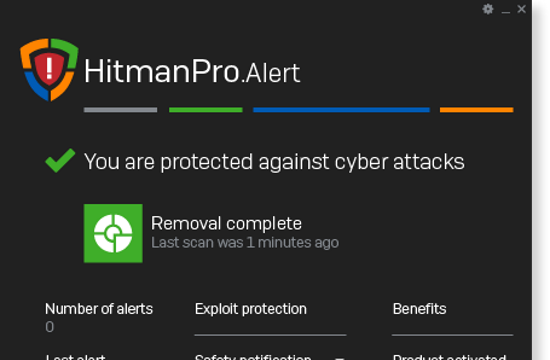

Let's say you have created a simple Dynamic Thresholds metric alert rule as follows:

An example for this type of alert rule would be to monitor an Azure virtual machine and alert when both "Percentage CPU is higher than 90%" and "Queue length is over 300 items". That is, an alert fires when all the conditions in the alert rule evaluate as true and resolve when one of the conditions is no longer true. When you are using multiple conditions in one rule, the rule "ands" the conditions together. If you have configured an email or a web hook action in the action group associated with the alert rule, you will receive an activated notification on both. If the condition is met that is, the average Percentage CPU for the last 5 minutes exceeds 70, the alert rule fires an activated notification.
Frequency (the frequency with which the metric alert checks if the conditions are met): 1 minįrom the time the alert rule is created, the monitor runs every 1 min and looks at metric values for the last 5 minutes and checks if the average of those values exceeds 70. Period (the look back window over which metric values are checked): Over the last 5 mins. Supported aggregation types are Minimum, Maximum, Average, Total, Count): Average Aggregation type (a statistic that is run over raw metric values. Target Resource (the Azure resource you want to monitor): myVM. Let's say you have created a simple static threshold metric alert rule as follows: Learn more about Dynamic Thresholds condition type and sensitivity options. Condition types affect the way thresholds are determined. You can define a metric alert rule by specifying a target resource to be monitored, metric name, condition type (static or dynamic), and the condition (an operator and a threshold/sensitivity) and an action group to be triggered when the alert rule fires. If you want to make them stateless, see make metric alerts occur every time my condition is met. Metric alerts are stateful by default, that is, they only send out notifications when the state changes (fired, resolved). Metric alerts evaluate at regular intervals to check if conditions on one or more metric time-series are true and notify you when the evaluations are met. These metrics could be platform metrics, custom metrics, popular logs from Azure Monitor converted to metrics and Application Insights metrics. Metric alerts in Azure Monitor work on top of multi-dimensional metrics. Understand how metric alerts work in Azure Monitor






 0 kommentar(er)
0 kommentar(er)
